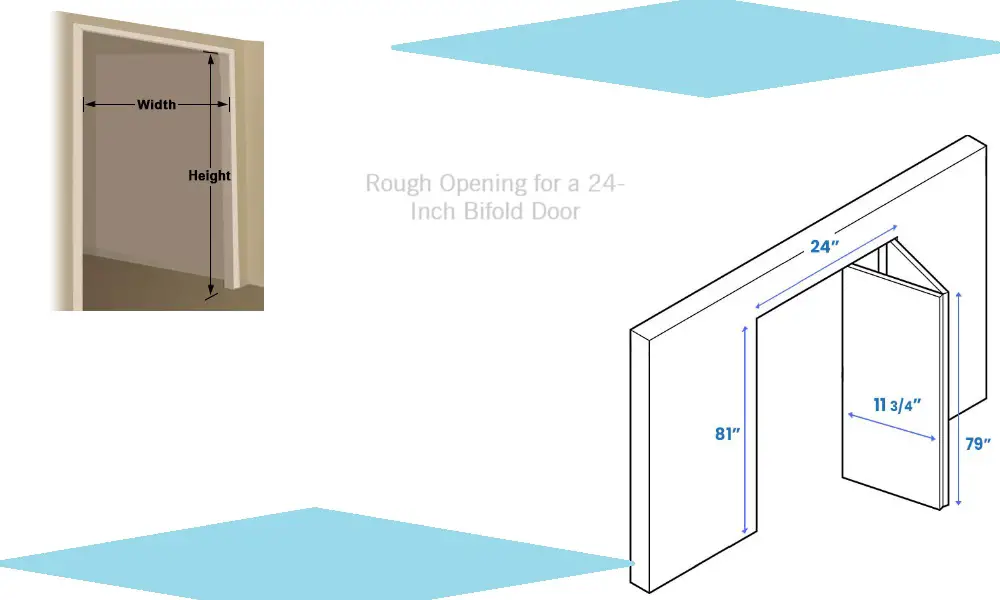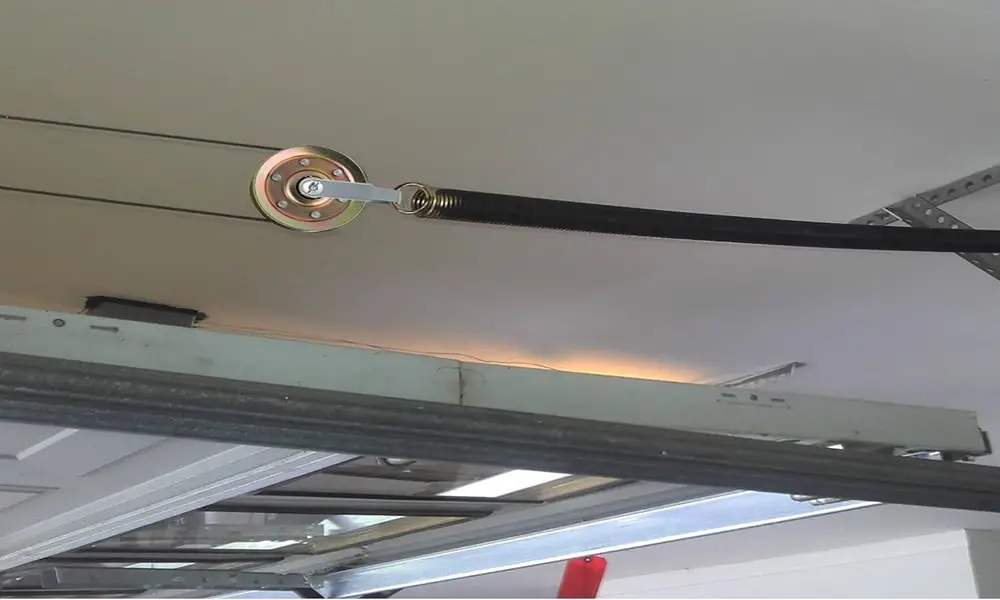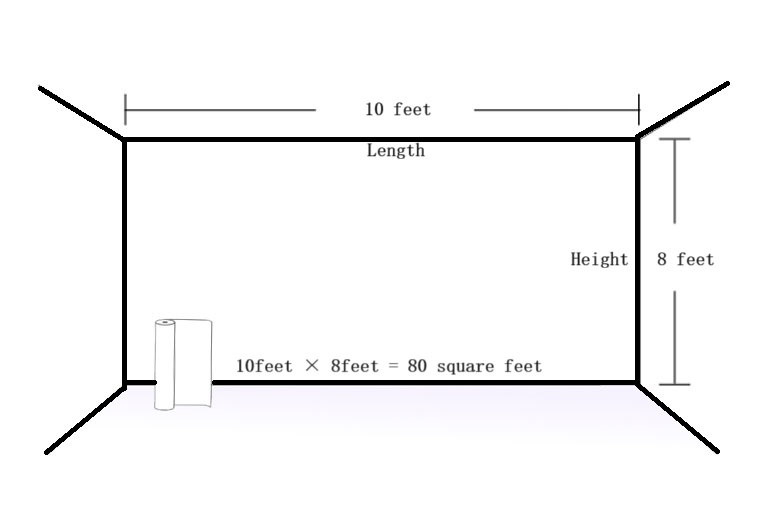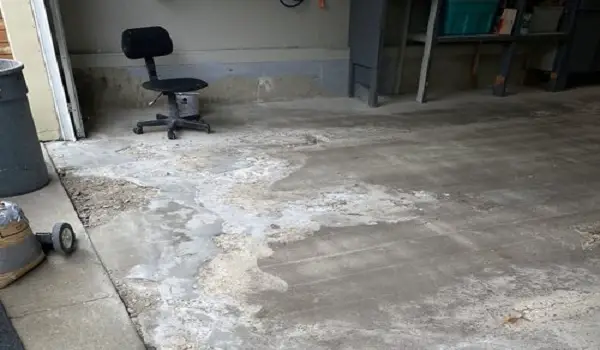How to Measure Garage Door Torsion Springs
How to Measure Garage Door Torsion Springs If you’re facing a broken garage door spring, measuring it correctly is crucial […]
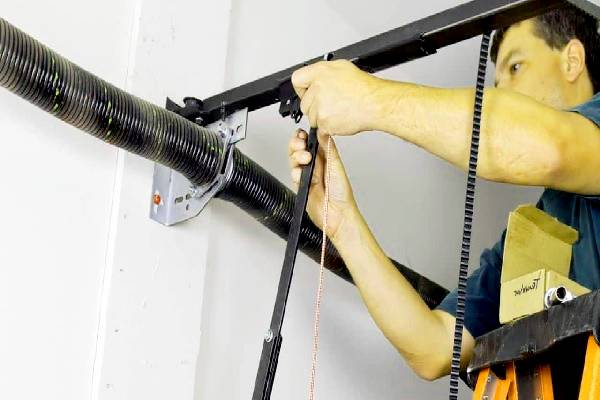
How to Measure Garage Door Torsion Springs
If you’re facing a broken garage door spring, measuring it correctly is crucial to ensure you get the right replacement spring.
In this guide, we will walk you through the process of measuring garage door torsion springs accurately.
By following these simple steps, you’ll be able to obtain the necessary measurements and order the correct spring for your garage door.
How to Measure Garage Door Torsion Springs
When it comes to replacing a broken garage door spring, getting accurate measurements is essential. The measurements required include the wire size, spring length, and inside diameter.
These measurements will help you determine the appropriate replacement spring for your garage door. Let’s dive into the step-by-step process of measuring garage door torsion springs.
Measuring Wire Size
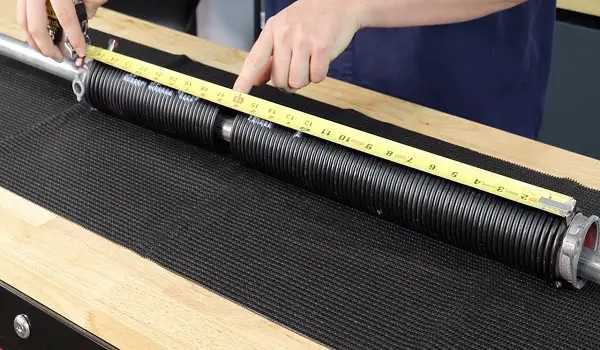
The wire size is the most critical measurement you need to obtain accurately. To measure the wire size, follow these steps:
- Count 20 coils of the spring.
- Use a business card or any small object to mark the 20th coil.
- Take a tape measure and position it at the starting point of the marked coil.
- Measure the length of the 20 coils, ensuring the tape measure is straight and taut.
- Note down the measurement.
To determine the number of turns on a 16-foot garage door spring, you would use the following formula:
Number of turns = (door height in inches / cable drum circumference) + 1
For example, a 16-foot garage door with a cable drum circumference of 17 inches would have 10.88 turns on the spring.
Once you have measured the spring, you can use this information to order a replacement spring from a garage door parts retailer.
Read Also: Door Height Garage Door Torsion Spring Chart
Determining Spring Length

Measuring the spring length is relatively straightforward. Here’s what you need to do:
- Take a tape measure and measure the black portion of the spring.
- You can either measure each section of the spring separately and add up the lengths or measure the entire length of the combined sections.
- Note down the measurement.
The spring length measurement will help you identify the appropriate replacement spring.
Finding the Inside Diameter
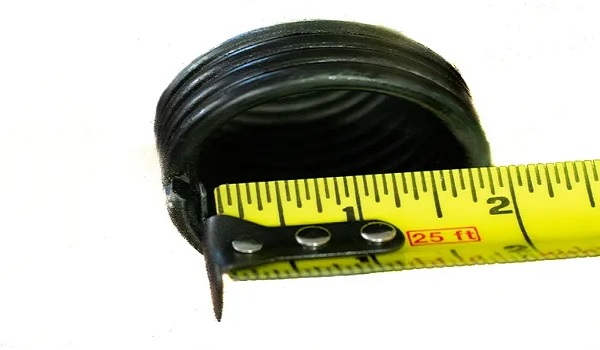
To determine the inside diameter of your spring, follow these steps:
- If the spring is already detached from the torsion system, use a tape measure to measure the inside diameter directly.
- Be cautious of any gaps or irregularities in the tape measure, as they can lead to inaccurate measurements.
- Ensure the tape measure is flush against the spring and measure the inside diameter carefully.
If the spring is still on your torsion system, slide it up and measure the inside diameter using the same technique as before.
Read Also: Garage Door Torsion Spring Size Calculator
Ordering the Correct Spring

With accurate measurements in hand, you can now order the correct spring from a reliable website. When placing your order, ensure you provide the following details:
- Wire size (e.g., 2 to 5 wire).
- Spring length (round down to the nearest inch if necessary).
- Inside diameter (in inches).
If you’re ordering a single spring, consider the direction of the winding cone (left or right) to match your existing setup.
For a pair of springs, one will have a black winding cone and the other a red cone, but the winding direction won’t affect the order significantly.
Once you’ve completed the ordering process, your springs will be shipped promptly, usually within a couple of business days, to ensure your garage door is operational again as soon as possible.
Conclusion
Measuring garage door torsion springs accurately is crucial when it comes to replacing a broken spring. By following the step-by-step guide provided here, you’ll be able to obtain precise measurements for wire size, spring length, and inside diameter.
With these measurements, you can confidently order the correct replacement springs for your garage door and get your door back in working order.
Related article
Common Mistakes to Avoid When Determining Torsion Spring Size
How to Tell What Garage Door Spring i Need
How Many Turns for Garage Door Spring
Furqan Abril
As an author and expert in garage door systems, I am excited to share my knowledge and experiences with you. Whether you're a homeowner, a garage door enthusiast, or a professional in the industry, this web will serve as your comprehensive guide to understanding, maintaining, and enhancing your garage door.

